13 biggest things influencing games today
From cut-and-paste cliché to inspiring elements
Notable games inspired:
Dungeons & Dragons, Warcraft, Ultima, Everquest, Elder Scrolls
Widely considered to be the father of the fantasy genre, J.R.R. Tolkien’s Lord of the Rings novels pulled influences from English, Norse and Greek cultures and cultivated a rich history filled with what we consider to be fantasy archetypes.
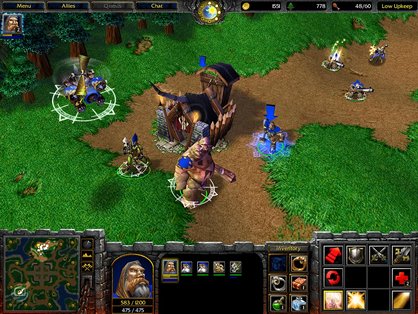
Above: Screen from Warcraft III
Seriously, just look at these screens and try not to think Lord of the Rings. Tolkien’s legacy from the last 60-70 years has permeated every facet of fantasy culture. Besides the blanket theme of saving the world from overarching evil, castle/village architecture and traditional characters like elves and orcs are influenced by the groundwork laid out by Tolkien.
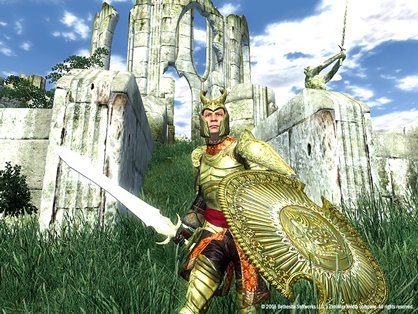
Above: Screen from Elder Scrolls IV: Oblivion
Gary Gygax - creator of D&D -was pretty damn important too.

Notable games inspired:
Max Payne, FEAR, Stranglehold, Prince of Persia: Sands of Time, Burnout
Sign up to the GamesRadar+ Newsletter
Weekly digests, tales from the communities you love, and more
This entry is kind of distressing considering The Matrix is really just an amalgam of rehashed sci-fi stories, cyberpunk influences and anime fused into one of the biggest trendsetters of modern pop culture. We can’t deny its place in gaming, but have to at least recognize William Gibson and Philip K. Dick as the ultimate progenitors.
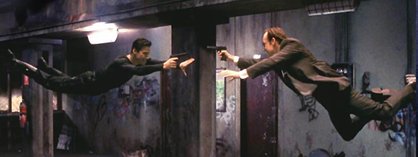
Above: The biggest contributor to games
That said, probably the biggest influence from The Matrix has been the ability to slow down time and shoot lots of people with big guns. It took a couple years after Matrix’s release, but Max Payne actually trademarked the term “Bullet Time” for slow-motion gun ballet (when really it was an old trick using multiple cameras to photograph from different angles and gussied up with CG for the movie).
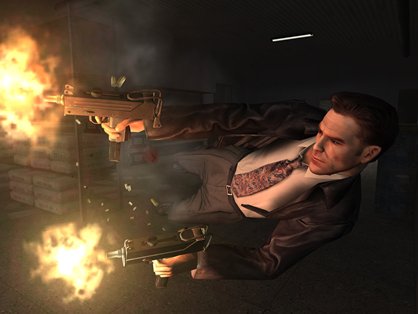
Above: Max Payne 2
Other games seemed to have latched on to slow-motion as a way to get past almost impeccable odds, a holdover from the first Matrix film. Interestingly, slow-motion morphed into a way of solving puzzles as found in Persia and as a feature in the Burnout series.
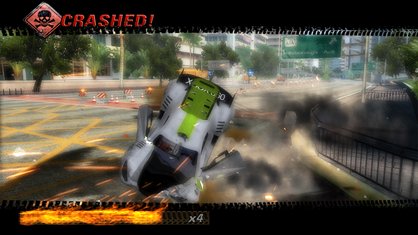
Above: Burnout gets in on all the slow-motion fun

Games inspired:
Anything with a protagonist
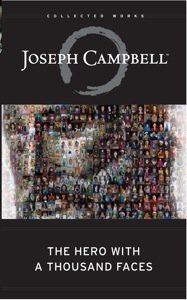
Anyone who’s taken a classical myth class has probably fallen asleep to the teacher rambling about Campbell and his notion of the monomyth. Well, wake up because Campbell’s work could possibly be the most important influence in all of fiction. Basically, Campbell found that stories, legends and myths going back thousands of years from all sorts of cultures fall into a similar fundamental structure, called the monomyth. Stay with us, we’re almost done with the boring stuff.
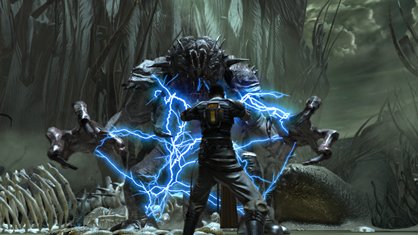
Above: George Lucas was heavily inspired by the monomyth with the Star Wars series
Every hero in a story follows certain paths in his journey. He (or she) ventures into the real world and encounters strange events. The hero then faces a series of tasks and trials and may either face them alone or with help. Somewhere along, the hero takes on an intense trial that may or may not end his/her life. If the hero survives, then they are rewarded with great knowledge that the hero must then decide to do with (usually by returning home and sharing the knowledge with others to improve society or the world at large).
That’s every single story in fiction. BAM - you’ve been GReducated!
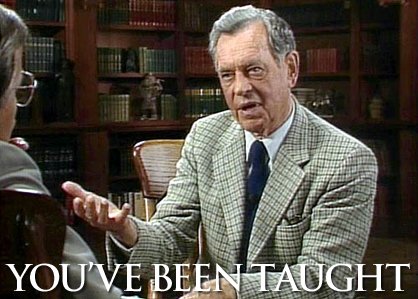

Games inspired:
No More Heroes, Dead Rising, Halo, Ape Escape… and way too many more
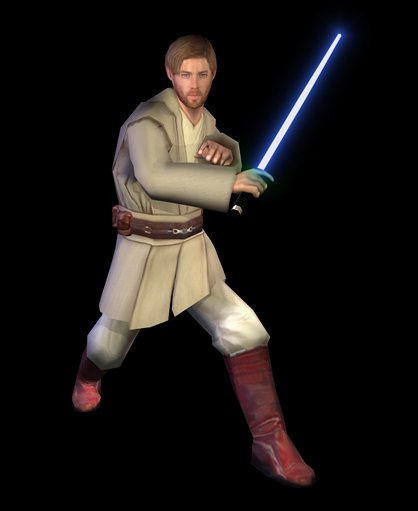
Above: Weeeeeeeeeeeeee
What’s cooler than a sword? How about a sword made of light. Our evolution of the lightsaber reveals more about the best weapon ever than youwould care to know.


